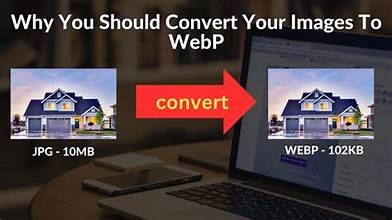
Why Use WebP Images for Your Website in 2025
WebP has quickly become the standard image format for modern websites. In 2025, it’s no longer optional—it’s essential. Here’s why your website should use WebP images right now.
Explore the latest tips, guides, and updates on shrinking and optimizing Webp images.

WebP has quickly become the standard image format for modern websites. In 2025, it’s no longer optional—it’s essential. Here’s why your website should use WebP images right now.
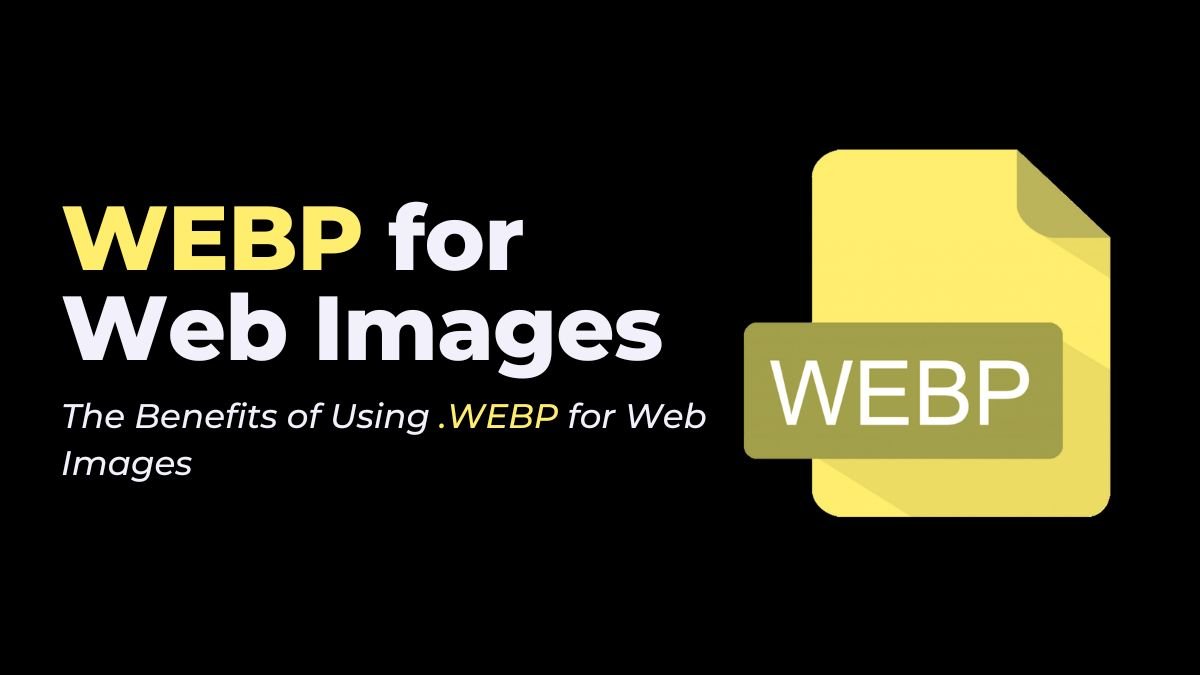
WebP images are already smaller than JPG or PNG—but compressing them further unlocks even more benefits. Let’s explore why compression matters.

Both JPG and WebP are popular formats, but which is better for websites in 2025? Let’s compare.

PNG is known for quality and transparency, but WebP is the smarter choice in 2025. Let’s break it down.
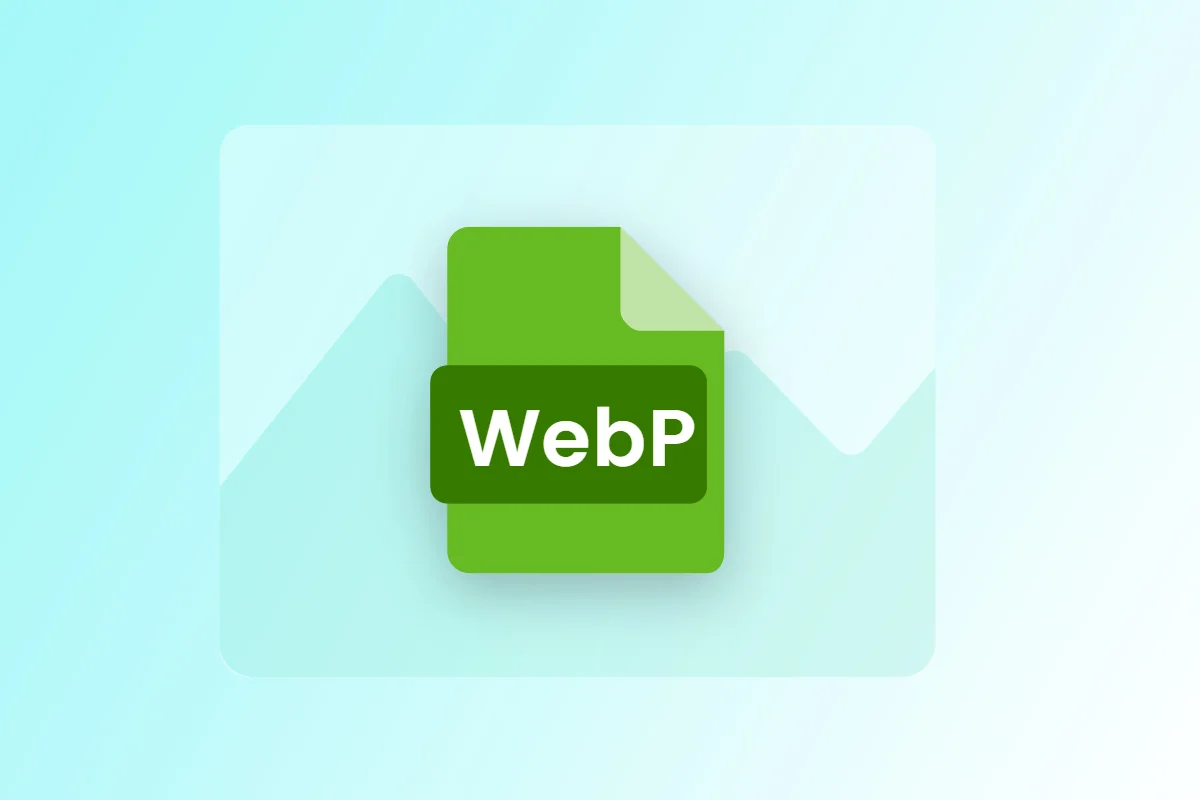
In e-commerce, every second counts. Customers expect product images to load instantly, whether they are browsing from a desktop or mobile phone. A slow-loading store not only frustrates users but also leads to cart abandonment and lost sales.
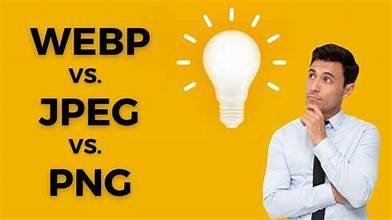
Discover the key differences between WebP, JPG, and PNG. Learn which format gives the best balance of quality, speed, and SEO.
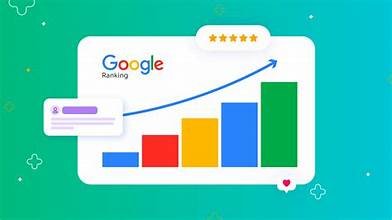
Learn why using WebP is a secret weapon for SEO and higher Google rankings.
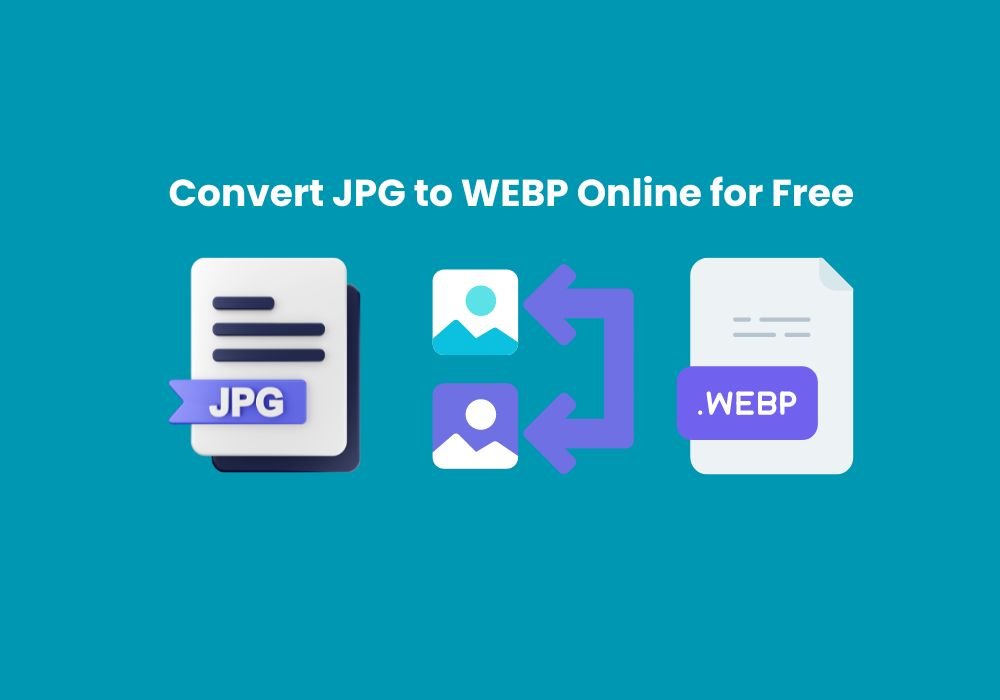
Learn how to easily convert JPG and PNG images into WebP format online and offline.

Switching to WebP? Avoid these common mistakes that can harm speed, quality, and SEO.

When a new user visits your website, you have a few seconds to make a good impression. If your page is still loading, they’re likely to hit the “back” button before they ever see your content. In a world of fleeting attention spans, website speed isn’t just a technical metric—it’s the foundation of a positive user experience (UX).
One of the most common and significant culprits behind slow websites? Large, unoptimized images.

When a new user visits your website, you have a few seconds to make a good impression. If your page is still loading, they’re likely to hit the “back” button before they ever see your content. In a world of fleeting attention spans, website speed isn’t just a technical metric—it’s the foundation of a positive user experience (UX).
One of the most common and significant culprits behind slow websites? Large, unoptimized images.

When a new user visits your website, you have a few seconds to make a good impression. If your page is still loading, they’re likely to hit the “back” button before they ever see your content. In a world of fleeting attention spans, website speed isn’t just a technical metric—it’s the foundation of a positive user experience (UX).
One of the most common and significant culprits behind slow websites? Large, unoptimized images.
ShrinkWebpSize.com
Free online Webp compression tool. Compress images, reduce file size, and optimize photos for web use.
Use Cases
© 2025 ShrinkWebpSize.com. All processing is done locally in your browser for maximum privacy and security.